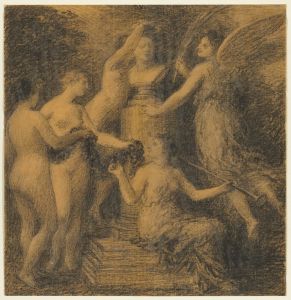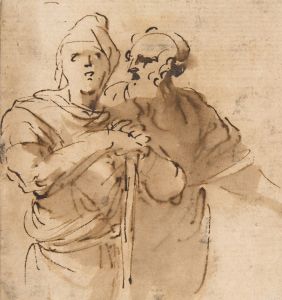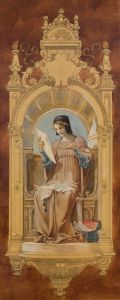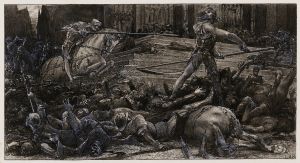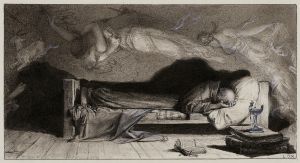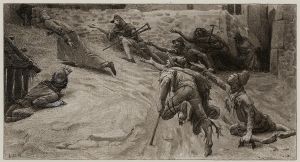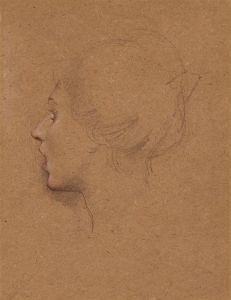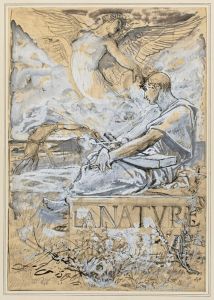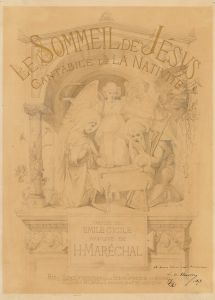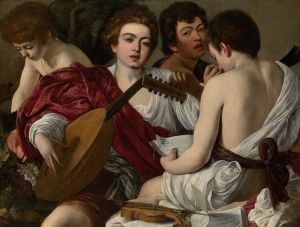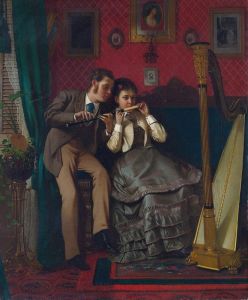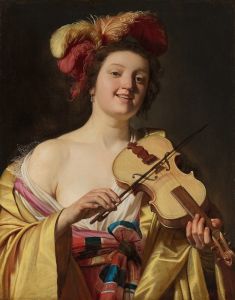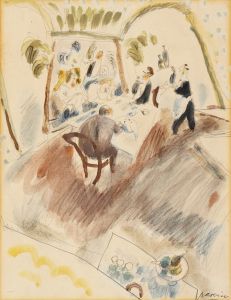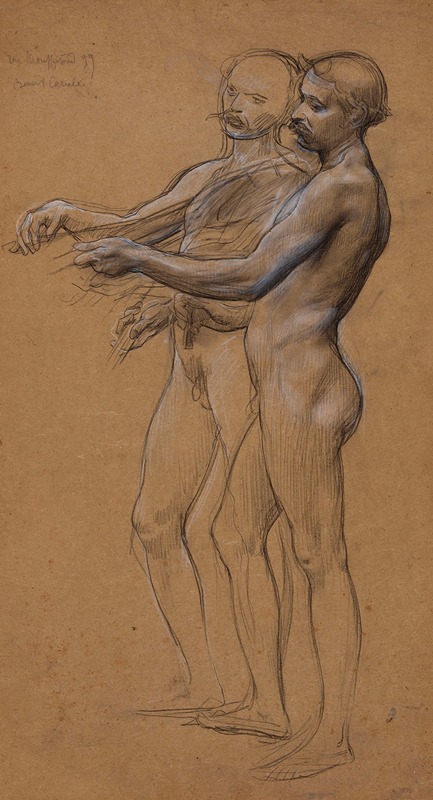
Etude de nu ; hommes jouant du violon
A hand-painted replica of Luc-Olivier Merson’s masterpiece Etude de nu ; hommes jouant du violon, meticulously crafted by professional artists to capture the true essence of the original. Each piece is created with museum-quality canvas and rare mineral pigments, carefully painted by experienced artists with delicate brushstrokes and rich, layered colors to perfectly recreate the texture of the original artwork. Unlike machine-printed reproductions, this hand-painted version brings the painting to life, infused with the artist’s emotions and skill in every stroke. Whether for personal collection or home decoration, it instantly elevates the artistic atmosphere of any space.
Luc-Olivier Merson's Etude de nu ; hommes jouant du violon (translated as Study of a Nude; Men Playing the Violin) is a work by the French artist Luc-Olivier Merson (1846–1920). Merson was a prominent painter, illustrator, and designer during the late 19th and early 20th centuries, known for his academic style and contributions to various artistic fields, including religious art, historical painting, and commercial design.
The artwork, Etude de nu ; hommes jouant du violon, is a study piece that reflects Merson's academic training and his focus on the human form. As the title suggests, the work features a nude study alongside depictions of men playing the violin. Such studies were common in the academic art tradition, where artists honed their skills in rendering anatomy and movement through detailed observation of the human body. The inclusion of musicians in the composition may indicate Merson's interest in integrating themes of music and the performing arts into his work, though the specific context or purpose of this piece is not widely documented.
Luc-Olivier Merson studied at the École des Beaux-Arts in Paris under the tutelage of Gustave Chassevent-Bacques and Isidore Pils. He gained recognition for his historical and allegorical paintings, winning the prestigious Prix de Rome in 1869. His works often combined meticulous detail with a poetic sensibility, and he became known for his contributions to both fine art and applied art, including designs for stained glass windows and postage stamps.
While Etude de nu ; hommes jouant du violon is not among Merson's most famous works, it exemplifies his dedication to the academic tradition and his skill in depicting the human figure. The piece is likely a preparatory study or an exploratory work rather than a finished composition intended for public exhibition. Such studies were essential to the artistic process in the 19th century, allowing artists to experiment with form, composition, and technique.
The current location or ownership of Etude de nu ; hommes jouant du violon is not widely documented, and there is limited information available about its exhibition history or reception. As with many study pieces, it may have remained in the artist's possession or been part of a private collection.
Luc-Olivier Merson's broader body of work includes notable pieces such as Notre-Dame de Paris (1881), which depicts the famous cathedral, and his designs for the Basilica of the Sacré-Cœur in Montmartre. His artistic legacy is characterized by a blend of academic rigor and imaginative storytelling, securing his place in the history of French art.





